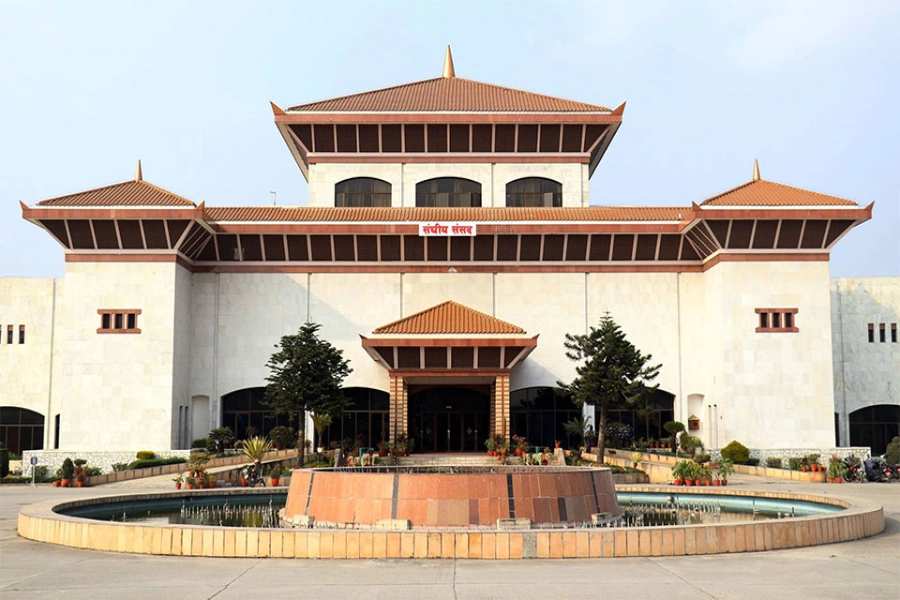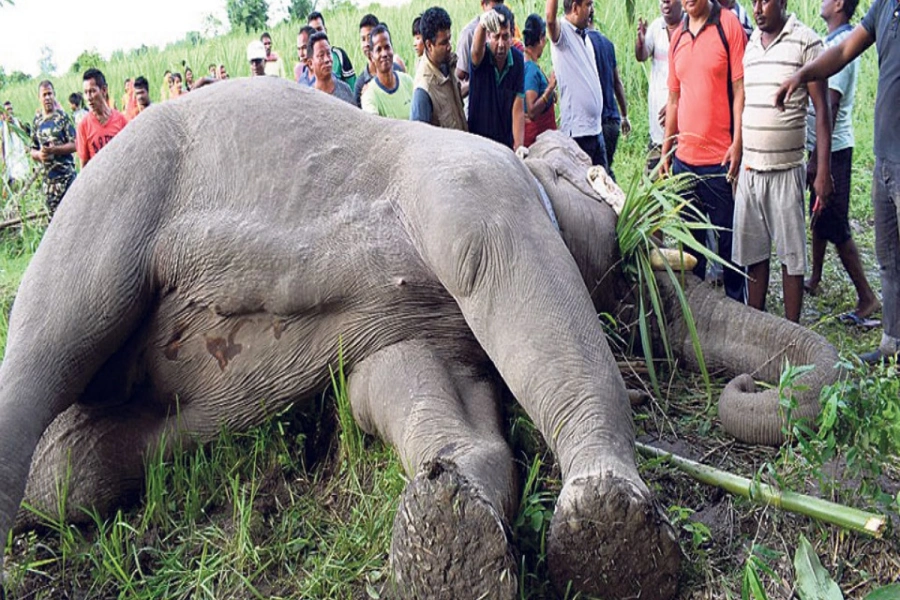Honey hunting dwells in Nepal as a lesser-known practice that is only known to a few. This age-old technique is passed from one generation to another harvesting a rare and potent honey also known as ‘mad honey’ from the towering cliffs of Nepal. The Gurung community has practiced the ancient art of honey hunting for centuries. They are the true witness to the evolution of honey-hunting fame throughout the generations.
Famed as "mad honey" due to its psychoactive properties, this unique nectar is revered not only for its intoxicating effects but also for its potential medicinal benefits. Today, the world is keen on getting their hands on mad honey for their holistic wellness.
The hunters scale a plentitude of perilous cliffs with only handmade ladders and ropes, often risking their lives to reach the hives of the Himalayan giant honeybees, Apis laboriosa. These bees build their hives on intimidating rock crevices over 100 meters or more, leading to a risky honey hunt.
The hunters use smoke to shoo away the bees and then carefully extract the honey-laden combs. The process is as much a devotional ritual as it is a skill; prayers and offerings are made to the gods to ensure a safe and successful hunt.
Medicinal Mad Honey, a Nepal-based mad honey brand has been intimately working with honey hunters since 2016. They have worked with 84+ honey hunting communities, where they visit the honey-hunting sites every year.
Fresh & local

Mad honey only recently entered the market with the collaboration with Medicinal Mad Honey. It has subtly transformed from what was once considered a waste product into a valuable luxury. Earlier, it was only a staple delicacy for the locals. Only a limited number of vendors sold mad honey.
The sudden shift has provided the Gurung community with a significant new source of income, allowing them to earn more and improve their economic status. They are now more secure and comfortable for their livelihood.
Guided honey-hunting expeditions have become increasingly popular, with Medicinal Mad Honey playing a key role in conducting honey-hunting expeditions every year and promoting sustainable tourism.
These exciting and insightful expeditions offer inquisitive tourists a chance to observe the firsthand view of ancient practices, the alluring scenery of the Himalayas, and last but foremost, the taste of organic mad honey with its medicinal properties.
However, this ancient practice is facing conflicting challenges. Although immense fame is a boon to the Gurungs, it can be a threat to their authentic traditional ways. Now the honey hunters must strike a balance between opportunities and authenticity.
The opportunities grant a chance to convince the young Gurungs to embrace their roots, lending a hand to their fathers, brothers, and uncles to skyrocket the honey-hunting business. In recent years, the youth leaving the country for abroad has been outnumbering the population that wants to stay home for honey hunting. With the business blooming, the youths are reconsidering their approach to leaving their homes behind for greener pastures.
Many foreign media visit honey hunting sites to get hands-on footage of honey hunting processes and steps. Such coverage has only contributed to their growing popularity. The fame that they have garnered has led them to more honey-hunting customers.
Moreover, their cultural heritage is gaining global recognition, as their brave honey-hunting practices are celebrated worldwide. The rise in tourism has led to the growth of homestays and guided tours, giving visitors a chance to experience the traditional culture of the Himalayan region. The honey is marketed not just for its unique psychoactive effects but also for its health benefits, including pain relief, improved libido, and enhanced vitality.
Beyond economic benefits, this initiative also focuses on sustainable practices and climate change awareness. Medicinal Mad Honey collaborates with researchers, beekeepers, and scientists to promote sustainable beekeeping practices in the face of ongoing environmental challenges.
Efforts are also being made to create awareness about the crucial role of the Himalayan giant honeybees in maintaining the ecosystem. As a pollinator, the bee does more than just produce honey, it also enables the growth of trees, flowers, plants, etc.
The primary focus is to harvest honey responsibly, ensuring that the process only occurs when the honey is fully matured and ready. This careful approach helps maintain the health and sustainability of bee colonies, which are crucial pollinators in our ecosystems.
Over-commercialization can lead to practices that are detrimental to bees, such as over-harvesting or habitat disruption. By prioritizing the preservation of these essential pollinators and their natural environments, the biodiversity of the planet can be secured.











_20191222200001.jpg)
























